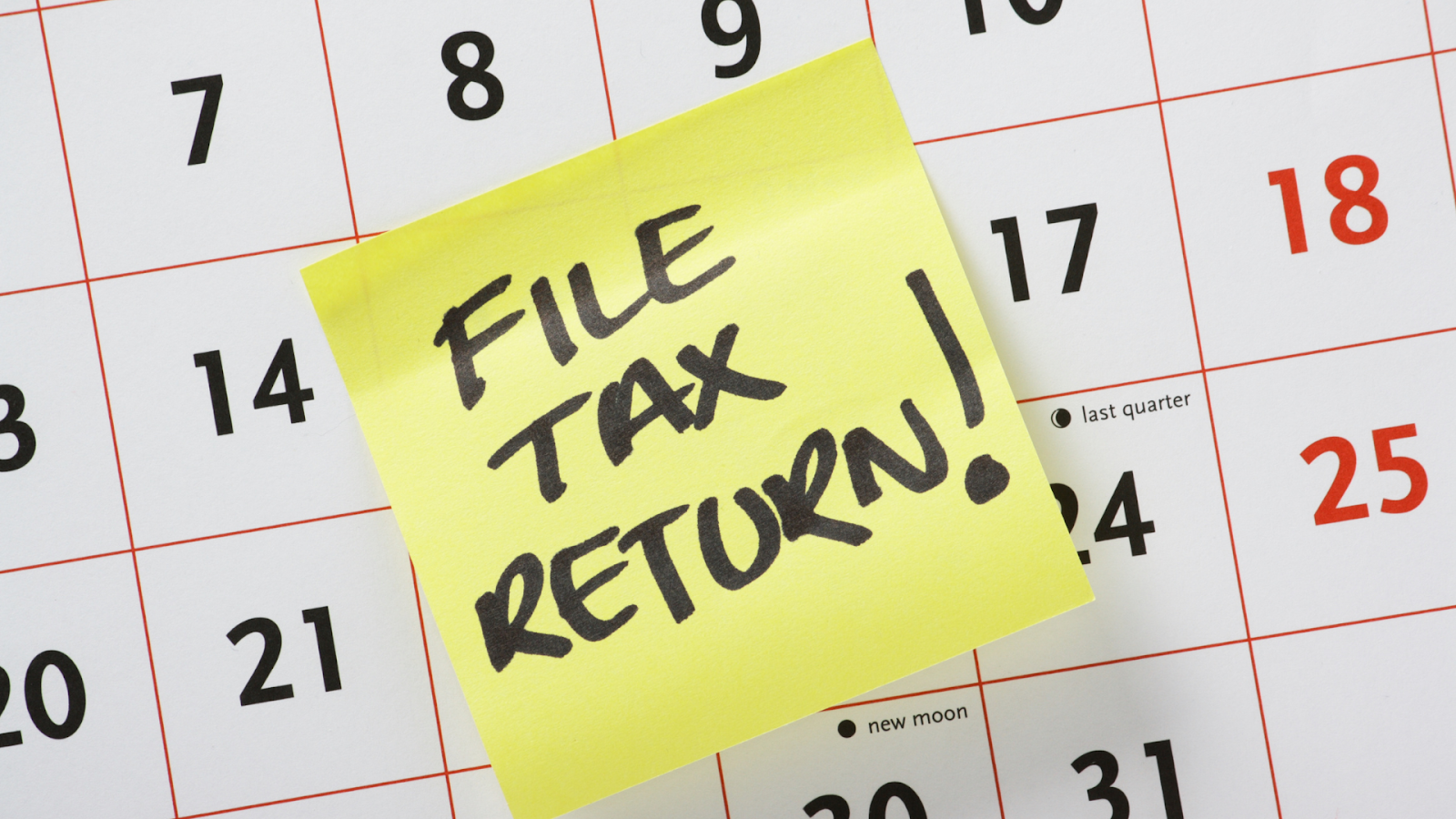Filing VAT returns is a crucial task for businesses in the UAE, and understanding how to do it correctly can save time and avoid costly mistakes.
If you’re wondering how to file VAT returns efficiently on the EmaraTax portal by the FTA, you’ve come to the right place. In this article, we’ll walk you through the entire process step by step.
By the end, you’ll feel confident navigating the EmaraTax portal, ensuring your VAT returns are filed correctly and on time.
Whether you’re a small business owner or managing a larger enterprise, this guide will help make VAT filing a breeze.
📚 Also read: Filing VAT Returns in UAE: What Every Business Must Know
Why is VAT Filing Important in the UAE?
VAT (Value Added Tax) is a consumption tax that is levied on goods and services in the UAE. Businesses registered for VAT must file regular returns to report the tax collected on sales and the tax paid on purchases.
Filing your VAT return accurately and on time ensures your business stays compliant with the UAE’s tax laws and avoids penalties.
This process is straightforward when done through EmaraTax, the official platform of the Federal Tax Authority (FTA).
📚 Also read: FTA VAT Registration in the UAE: A Guide for Business Owners
Step-by-Step Guide: How to File VAT Return in UAE on the EmaraTax Portal

Filing your VAT return through EmaraTax may feel complex at first, but with the right steps, it can be a smooth process. Here’s a detailed step-by-step guide to help you file your VAT return confidently.
✅ Step 1: Access the EmaraTax Portal and Register (If Needed)
Before you can file your VAT return, you must be registered and logged into the EmaraTax portal.
- Visit the EmaraTax Portal: Go to https://eservices.tax.gov.ae/
- Login or Register: Use UAE Pass for secure access, or log in using your FTA credentials. First-time users must use UAE Pass for registration. Manual registration via FTA credentials is no longer an option for first-time users.
- Navigate to Tax Services: Once logged in, go to the VAT section from your dashboard.
💡 Note: EmaraTax replaced the older FTA e-services portal in December 2022. All VAT returns and tax services are now processed through this platform.
✅ Step 2: Prepare Your VAT Data for the Filing Period
Before you start entering data, collect and organize the following:
- Sales Data: Total taxable, zero-rated, and exempt sales.
- Purchases Data: Total taxable and exempt purchases (local and imports).
- Output VAT: VAT collected from customers.
- Input VAT: VAT paid on eligible business expenses.
Having all relevant figures and documents ready will speed up the filing process and reduce errors.
✅ Step 3: Access and Fill Out the VAT Return Form
Now that your data is ready, it’s time to fill in your VAT return in EmaraTax.
- Navigate to the VAT Returns Section: From the dashboard, click on Tax → VAT → VAT Returns.
- Select the Relevant Period: Choose the correct tax period (monthly or quarterly as assigned by FTA).
- Enter Details: Input your figures for sales, purchases, output VAT, and input VAT.
- Double-Check Values: Ensure everything matches your financial records and invoices.
✅ Step 4: Review and Submit Your VAT Return
Once all data has been entered:
- Review Summary: Carefully check all entries for errors or inconsistencies.
- Confirm Accuracy: Make any necessary adjustments before submission.
- Submit: Click on “Submit VAT Return.” You’ll receive a confirmation and submission reference number.
- Download Receipt: Save a copy of your submission summary for your records.
✅ Step 5: Make Payment (If Required)
If you owe VAT based on your return:
- Review Payment Summary: EmaraTax will display the net VAT payable.
- Choose a Payment Method:
- GIBAN (Generated IBAN specific to your tax account)
- UAE Central Bank Direct Debit Note: The UAE Central Bank Direct Debit option has been replaced with MagnatiPay for payments via credit or debit cards.
- Debit/Credit Card (via selected banks)
- Exchange house payments (e.g., Al Ansari Exchange)
- Complete Payment: Follow the on-screen instructions.
- Download Payment Confirmation: Always keep proof of payment for compliance.
Important: Payments must be made by the due date. Delays may lead to fines and interest.
What Happens After You Submit Your VAT Return?
Here’s what to expect post-submission:
- ✅ Track Return Status: You can view the status (submitted, accepted, rejected) from the VAT dashboard.
- ✅ VAT Refunds: If your input VAT exceeds your output VAT, you may request a refund.
- Refunds require a separate form submission through EmaraTax.
- You’ll need to submit supporting documents and bank details.
Common VAT Filing Mistakes and How to Avoid Them

Filing errors can be costly. Here’s how to steer clear:
- Missing Invoices: Always keep proper records of sales and purchase invoices.
- Wrong VAT Calculations: Use accounting software or double-check with an accountant.
- Late Filing: Returns are due by the 28th of the month following the tax period. If the 28th falls on a weekend or public holiday, the deadline is extended to the next working day.
Reminder: Penalties for late filing or incorrect data are outlined in Cabinet Decision No. 49 of 2021.
📚 Also read: Smart Business Finance Tips and Strategies
Key VAT Filing Deadlines in the UAE
- ✅ Frequency: VAT returns are typically filed quarterly, though some businesses may be assigned monthly filing depending on turnover.
- ✅ Deadline: 28th day of the month following the end of the tax period.
- If the 28th falls on a weekend or public holiday, file by the next working day.
- ✅ Penalties:
- AED 1,000 for the first late filing.
- AED 2,000 for repeated late filings within 24 months.
📚 Also read: Low Cost Business Setup in Dubai, UAE.
Final Thoughts on Filing VAT Returns in the UAE
Filing VAT returns in the UAE is a straightforward process when using the EmaraTax portal. Staying organized and submitting on time helps your business stay compliant and avoid fines. With this updated guide, you now have the confidence to complete your VAT filing correctly every time.
For expert accounting and bookkeeping services, turn to Outsource Prime Accountants and Bookkeepers (OPAB). They make VAT registration, return filing, and compliance simple and stress-free.
Have questions or need help with VAT setup and compliance? OPAB is here to assist UAE businesses like yours. Get in touch with us today!
Frequently Asked Questions About VAT Filing in the UAE
How to File VAT Return on EmaraTax?
Log into EmaraTax, access the VAT section, enter your data, review for accuracy, and submit. Then, pay any outstanding VAT if needed.
How Do I Do a VAT Return Step by Step?
Start by logging into EmaraTax. Select the relevant VAT period, enter your sales and purchase figures, review the return, and submit. Make the payment if due.
What is the Process of VAT Return Filing in the UAE?
Register/login to EmaraTax, collect VAT data, complete the return form, submit it, and pay any liability. Retain all records for auditing purposes.
What is the Standard Deadline for Filing a VAT Return?
VAT returns are generally due by the 28th of the month following each tax period. Confirm your assigned periods in your EmaraTax account.









